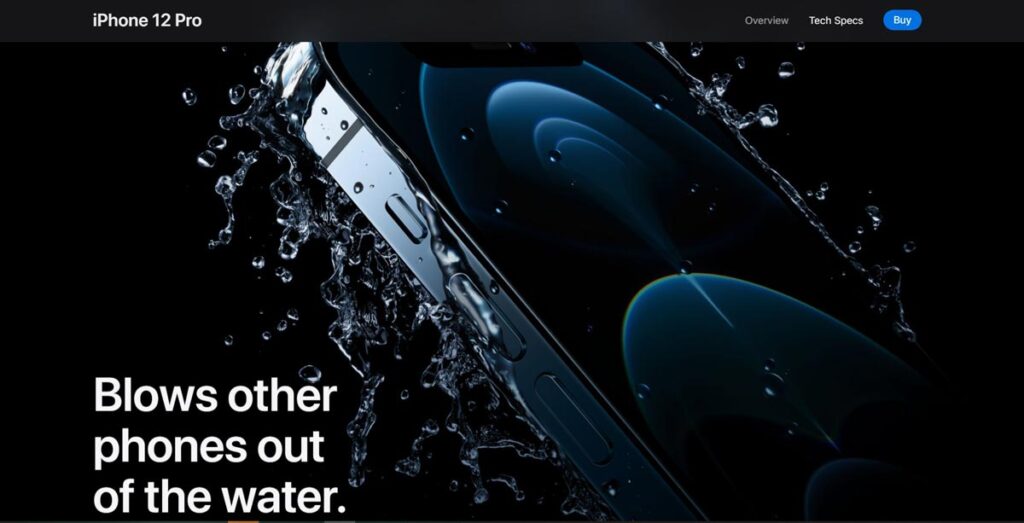
24 Apr Building a Brand Strategy: Essentials for Long-term Success
Building a Brand Strategy: Essentials for Long-term Success
There’s usually more than one company making the same product, and the truth is there’s not much difference between them in terms of what they do or how they’re made.
But when we think about or look at these similar products, we experience them differently.
It’s why we choose Coca-Cola over Pepsi, Starbucks over Dunkin Donuts, Nike over Adidas, and vice versa—because one gives something the other doesn’t.
That’s the power of branding.
Your brand strategy is the foundation, structure, and support beams of your business.
Without it, there’ll be nothing to build your business around and keep it standing strong, so it’s bound to come crashing down at some point.
If you want to be the brand that customers swear loyalty to, the brand that’s well known, cherished, and preferred every time, this guide will walk you through practical strategies you can use to build a clear, recognisable, and compelling brand.
What is Branding?
Branding is a marketing exercise that enables you to shape the meaning and perception of your business in the minds of employees, customers, clients, and other stakeholders.
It’s a process that requires researching and planning to establish your organisation in a particular market and differentiate your product or services to attract and retain consumers.
Branding is the conscious effort you make to guide people into associating a specific feeling or personality to your company.
It’s your way of getting the audience to see you the way you want to be seen. It is the glue that holds your business together and the saw that can rip it all apart.
The Importance of Branding
If you don’t know who you are, what you’re hoping to achieve, or why you’re worth paying attention to, how can you convince someone else to believe in you and buy into whatever you’re selling?
Branding is not just for multinational organisations. I’d argue that it’s even more critical for startups and small to medium-sized businesses because those other guys already have their market under lock and key.
However, your organisation is still in the process of making a name for itself, so leveraging the right resources and being equipped with the proper knowledge can drive an impact.
Builds customer recognition
Branding helps create a cohesive message about your business and make your products memorable to the consumer to differentiate them from similar products or services.
How was Apple able to go from a failing company that makes Macs to a trillion-dollar tech giant?
They designed sleek, good-looking products and marketed them in a way that aligned with the interests, values, emotional and social needs of their target customers.
Everything from their logo to messaging and packaging stands out.
When you see that slightly-eaten apple, you know you’re getting quality, luxury, style, and functionality, all in one device.
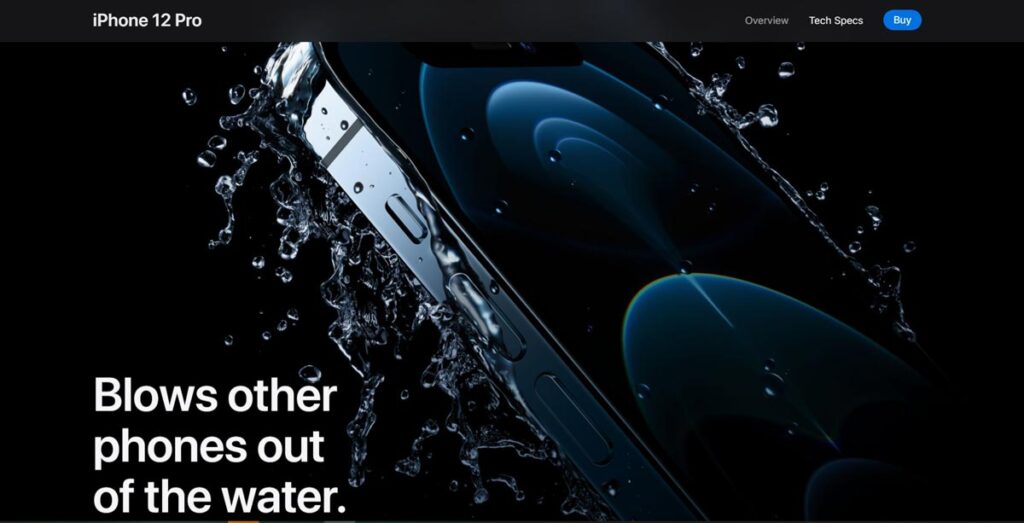
Increases competitive edge
When you strip similar products and services of company names, packaging, messaging, colour, logo, and all jazz, they’re essentially the same.
Branding is the particular potion that separates one product from another.
When you get it right, your brand cannot be replicated, no matter how many other competitors you’re up against. That gives you the edge to stand out in your niche and get people to patronise you over others.
The electric bike company, Pedego went from being a brand nobody knew to having a robust global presence and being the most prominent electric bike brand in the U.S.
They did this by selling “fun,” integrating their marketing touchpoints, and creating a delightful customer experience.
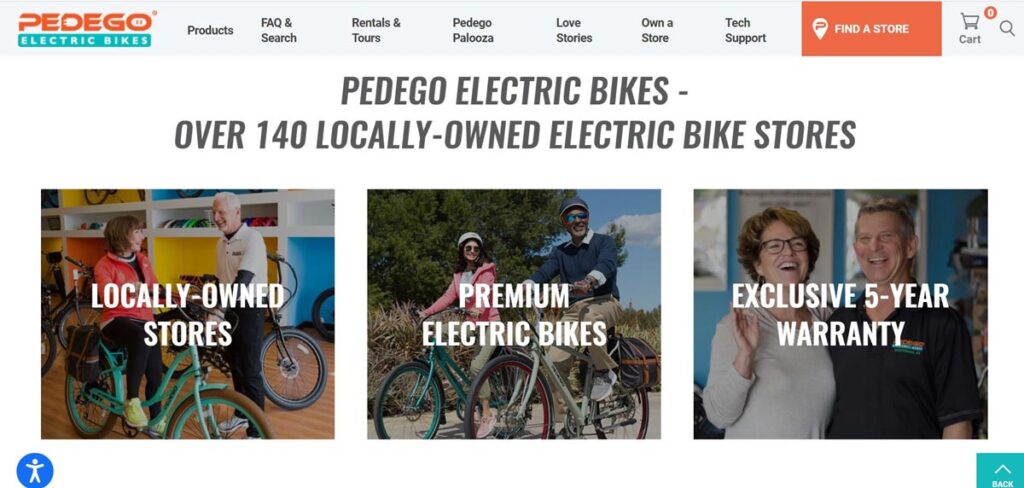
Increases customer loyalty
Branding gives your organisation a personality that extends beyond your offerings and allows you to connect with your customers on an intimate level.
It reflects the heart and character of your business and shapes favourable impressions, which lead to increased loyalty and sales.
For instance, LUSH is a makeup brand that’s committed to ethical production, as well as corporate and social responsibility, so it has attracted a massive and loyal following who share their values and are unpretentious.
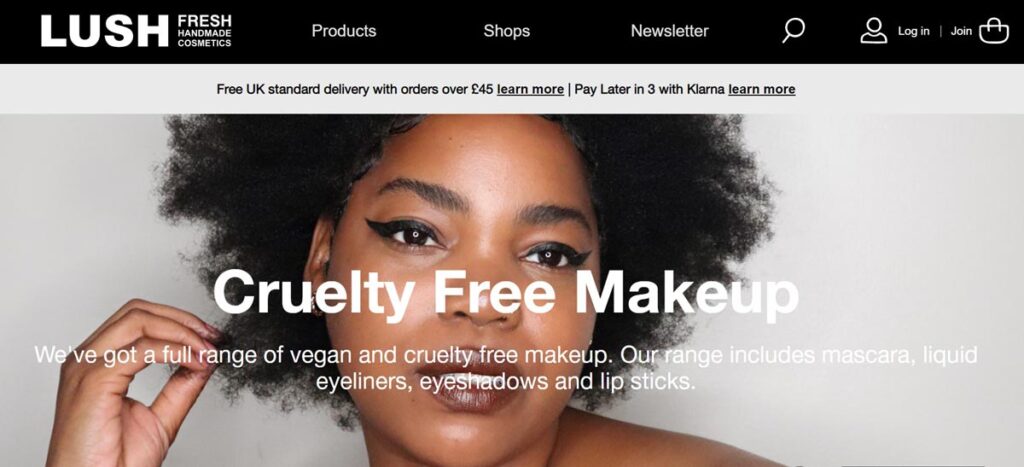
Shows credibility
The chances of people choosing an unknown product they’ve never heard of or used before out of a lineup are slim to none.
No one wants to waste money on an item or service they can’t vouch for. This is why branding matters.
It not only creates recognition but also affects how people see your brand. It fosters trust and confidence in your offering.
If your site looks tacky and unprofessional, prospective customers will assume the worst about you and take their business elsewhere.
After all, how will you adequately satisfy their needs if you can’t be bothered to put some thought and care into how your business presents itself?
Branding Terminology
Brand awareness
Brand awareness is the extent to which consumers or the general public can recall and recognise your brand.
It represents their familiarity with the features that differentiate your services or products from others in the same category.
Unless your target customers know that your company, product, or service exists and the value it can add to their lives, they won’t consider patronising you.
Brand identity
Brand identity is a collection of visual and verbal elements that showcase who you are and what your business represents.
It’s the message that people get, what they feel, and their impression whenever they contact your brand.
Think of it as the personality or the perception you create of your company.
Brand recognition
Brand recognition refers to the ability of consumers to correctly identify and recognise your brand by simply seeing your packaging, colours, logo, ad campaign, tagline, or hearing an audio cue that’s associated with your company.
Strong brand recognition means people won’t need to see your company name for your brand to register in their minds and arouse a feeling about your business.
Brand trust
Brand trust is the measure of people’s expectations of your brand and your ability to deliver on the promises you make.
How reliable are you? How effective are your products and services at meeting the needs of your customers? Is your customer service without reproach? How does your brand impact society?
These factors contribute to building trust. According to the 2020 Edelman Trust Barometer Special, 70% of consumers say trusting a brand is more important than ever before.
How to Create a Brand Strategy

Building a solid brand might seem like a daunting task, but it gets easier when you break it down into digestible parts.
Here’s what you should consider when trying to create your brand strategy from scratch or when rebranding your current strategy so that it resonates with your target market.
1 – Determine your target audience
For your brand strategy to be successful, it has to have your audience at the heart of it.
So before you do anything else, you need first to figure out who your ideal customers are.
Ask yourself these questions:
- What is the purpose of your brand?
- Whom does your product serve?
- What problems do your offerings address?
- What kind of person would find your mission statement or goal appealing?
You can then attempt to answer them by carrying out market and competitive research to learn who your current customers are and what demographics your competitors target with their product or service.
Use website/social analytics, reviews, and brand mention tools to get a sense of how people perceive your company.
Conduct interviews, host focus groups, and survey existing and potential customers, and take note of relevant data such as:
- Their age
- Gender
- Interests
- Location
- Income and spending habits
- Preferred digital channels
- Biggest pain points
Use these insights to create detailed buyer personas, optimise your content funnels, and help you build messaging that converts.
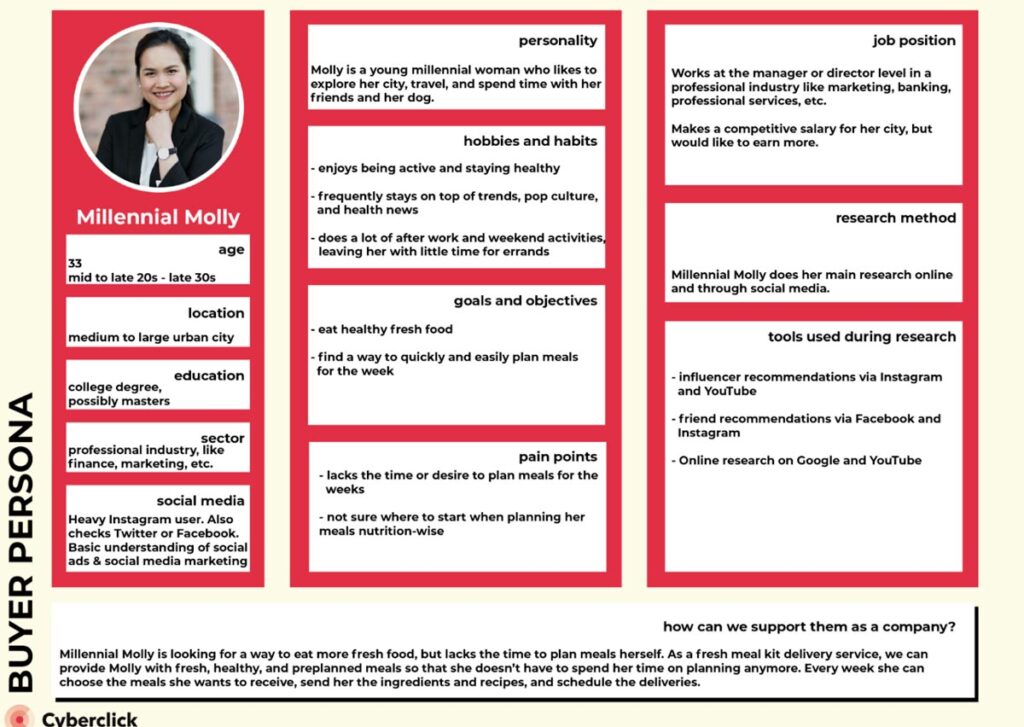
Source: Product Marketing Alliance
2 – Establish your mission statement
Your brand’s mission statement should articulate who you are, what you do differently, why you do what you do, what you want to achieve, and how you’re going to accomplish it.
Answering these questions can help you put the reason your company exists into words, and with that mission in mind, you can create a brand roadmap for the business you want to build.
Your mission statement will serve as the manifesto that informs your slogan or tagline, logo, imagery, personality, and how you communicate with your audience. Ultimately, it’ll help you create a cohesive brand experience.
For example, Airbnb’s mission statement is “To live in the world where one day you can feel like you’re home anywhere & not in a home, but truly home, where you belong.”
The company lives up to this mission by going the extra mile to ensure customers enjoy positive experiences when interacting with the brand and feel a sense of belonging no matter the corner of the world they’re staying in.

Source: All About Airbnb
3 – Define the heart of your brand
What sets your company apart from others in the same niche or industry?
What benefits can you offer consumers that your competition can’t? Why should people choose your products or service over anyone else’s? How does your business impact people’s lives?
That is your unique value proposition and the heart of your brand.
Think of the key ideas you can take from your mission statement and brand story that best represents what your company is about.
Forget about product features and concentrate on the elements that make you unique. Write them all down.
Highlight these benefits and values when positioning or talking about your brand to help you connect with customers and build trust.

4 – Create visual assets
This is where the real fun begins. It’s the part of your strategy that lets you express your brand’s identity through visual design.
Your visual assets will contribute to how well people recall and recognise your brand, so they need to be intuitive and flexible.
Designing a functional and aesthetically pleasing website is essential.
Remember, you’re not just designing for the moment; you’re creating a visual identity for your brand’s future as well. Your brand’s visual assets should comprise your:
- Logo — The best logos are simple and memorable. Yours should reflect your company’s personality and values. Your logo will serve as the face of your company and one of the first experiences people will have with your brand. Make it count.
- Typography — The fonts you use and how you use them communicate who you are to your audience and creates certain assumptions or expectations in their minds. Choose a font that captures the essence of your business.
- Colours — Colors can trigger specific reactions, emotions, or thoughts in people’s minds, so you want to make sure your brand colours say precisely what you want them to communicate.
- Imagery — The photographs, icons, illustrations, animations, or shapes you use should align with your brand identity. When used right, they can hijack your audience’s attention and strengthen their connection to your company.
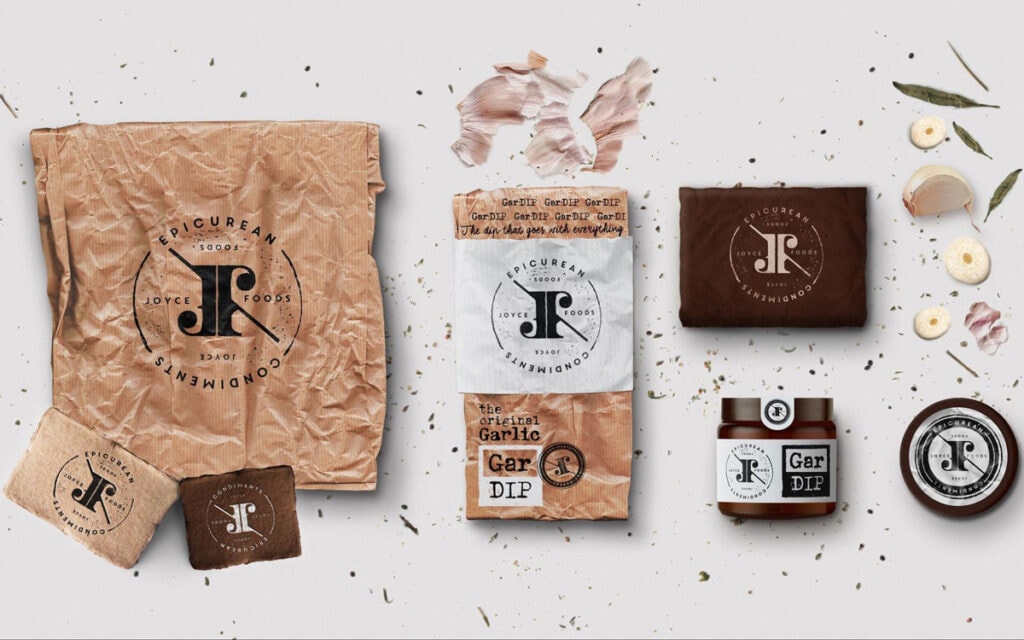
As you’re developing these elements, make sure you keep track of them.
Create a document—brand guidelines—and store all the details about your visual assets in it.
This will give anyone working on your branding something to consult if needed and ensure your brand elements are consistent.
It’s always a good idea to work with designers with brand development experience to help you nail this aspect of your brand strategy rather than try to do it all by yourself.
5 – Identify your brand voice
If you were asked to name some of the best marketing campaigns you’ve ever seen, Nike would probably mention Nike a few times. The company turns communication into an art form.
Rather than simply selling athletic apparel, Nike has focused on selling the dream that nothing is out of reach if you have the right tools and support system.
All its brand messaging communicates the idea that you have to “just do it.” Despite the fear of the obstacles in your way. Just do it.
Nike’s brand voice is inspirational. It’s uniquely theirs, and it always resonates with their target audience and just about any consumer.

What is your brand’s tone of voice? How does your target audience speak?
Are they sarcastic and sharp-witted? Maybe they’re super professional, or they prefer a relaxed, comedic manner of conversing?
Choose a voice that suits you and your target market, then incorporate that communication style across your entire brand and platforms.
6 – Implement your brand
After developing your brand, the next step is to put all that work into action. You need to integrate it into all your business touch points and make sure it gets to your audience.
In our increasingly digital world, building a website is integral to the success of your business.
That is, of course, if you’re hoping to scale and reach customers beyond the confines of your geographical location.
Start by optimising your site and infusing your brand colours, logo, typography, and imagery across your pages.
Ensure that every copy is consistent with your brand voice. Next, revamp your social media pages to reflect your newly minted branding and tone of voice.
Bring your sales and customer service team up to speed with the new changes so they can make necessary updates to ensure brand consistency.
Don’t leave your packaging out of the picture if you’re selling physical items. You should also update it with your new branding.
Branding Best Practices
What is worth doing is worth doing well.
Here are some branding tips that’ll help you get the most of your efforts and enable you to build a compelling brand that’ll take your business to new heights:
Personify your brand
Imagine your brand was a person.
How would you describe or introduce them to someone else? What kind of first impression would someone have of your brand? How would your brand tell a potential consumer about your products or services? What kind of words would they use? What would their attitude be like during this conversation?
Personifying your brand is the easiest way to think about who your business is and how you want people to see you.
Maintain brand consistency

Yahoo changed its description 24 times in 24 years.
The brand has no official mission statement because it can’t seem to make up its mind about why it exists or what it aims to achieve.
Even its logo has been changed three times in the last ten years.
The company’s identity crisis has resulted in Yahoo being considered a relic of the old internet that no one uses anymore.
Inconsistent branding weakens your business and makes it harder for consumers to recognise or trust you.
Also, staying productive and healthy is vital to creative health and creating good ideas. Don’t run yourself dry!
Build a successful brand strategy
Your brand guidelines and strategy will serve as the road map to your overall brand process and the goals you want to accomplish as your brand grows.
It will ensure that your marketing efforts align with your mission and ensure that every move you make drives your brand towards growth and success.
Don’t imitate competitors
Taking inspiration from successful brands can give you ideas on how to stand out from the crowd and make your branding process better.
It can also lead to imitation if you let it. Always strive to be authentic and original.
Differentiate yourself. Don’t be afraid to push boundaries with your brand.
Make Your Brand Speak For You
Brands are not built in a day, but you do have to start somewhere.
If you understand your consumer target market, and you get your voice, personality, mission, slogan, and visual assets right, you’ll have a solid and successful brand on your hands.
Keep measuring the impact of your strategy as you go, then adapt it to suit various customer segments and changing circumstances.
Try to remember that branding never ends; it only gets better.
Author Bio: Zoe is a content marketing strategist for SaaS brands like FollowUpBoss, Mention.com and more. Bylines: Ecwid, ProProfs, Score, etc. On the personal front, Zoe is a pho enthusiast and loves travelling worldwide as a digital nomad.



